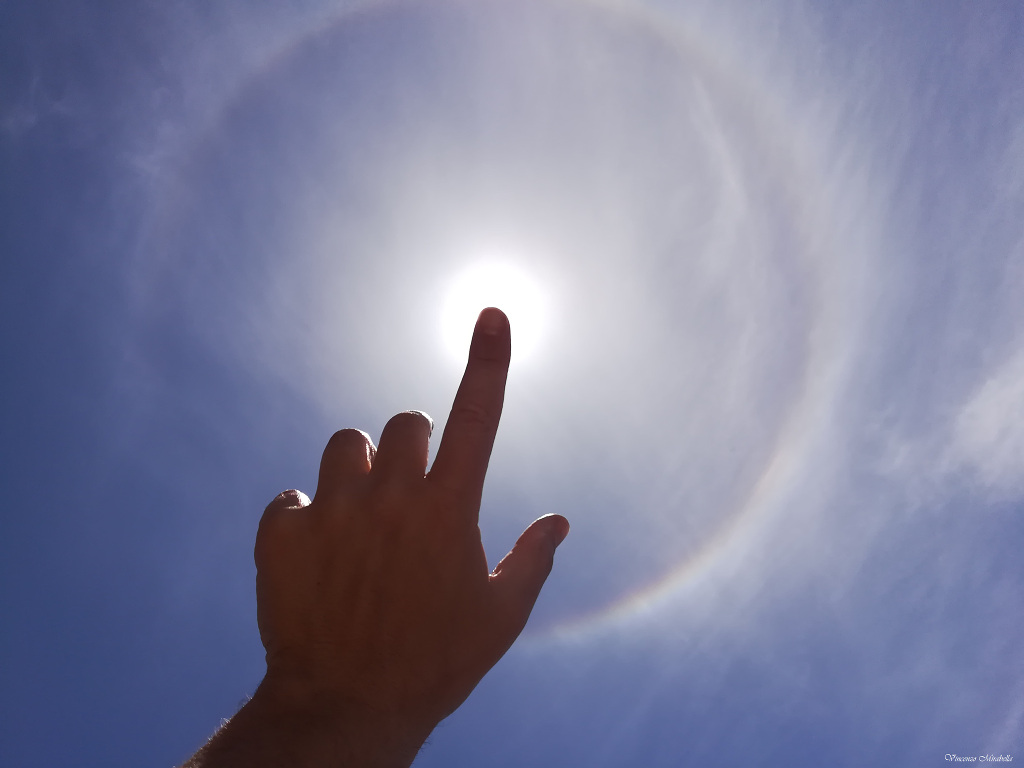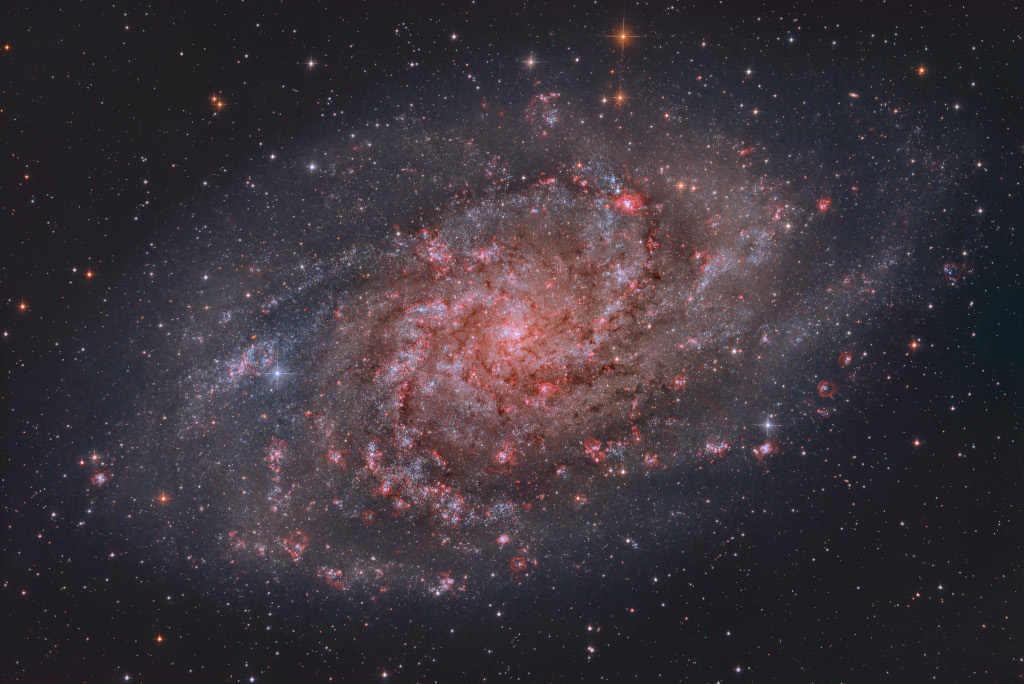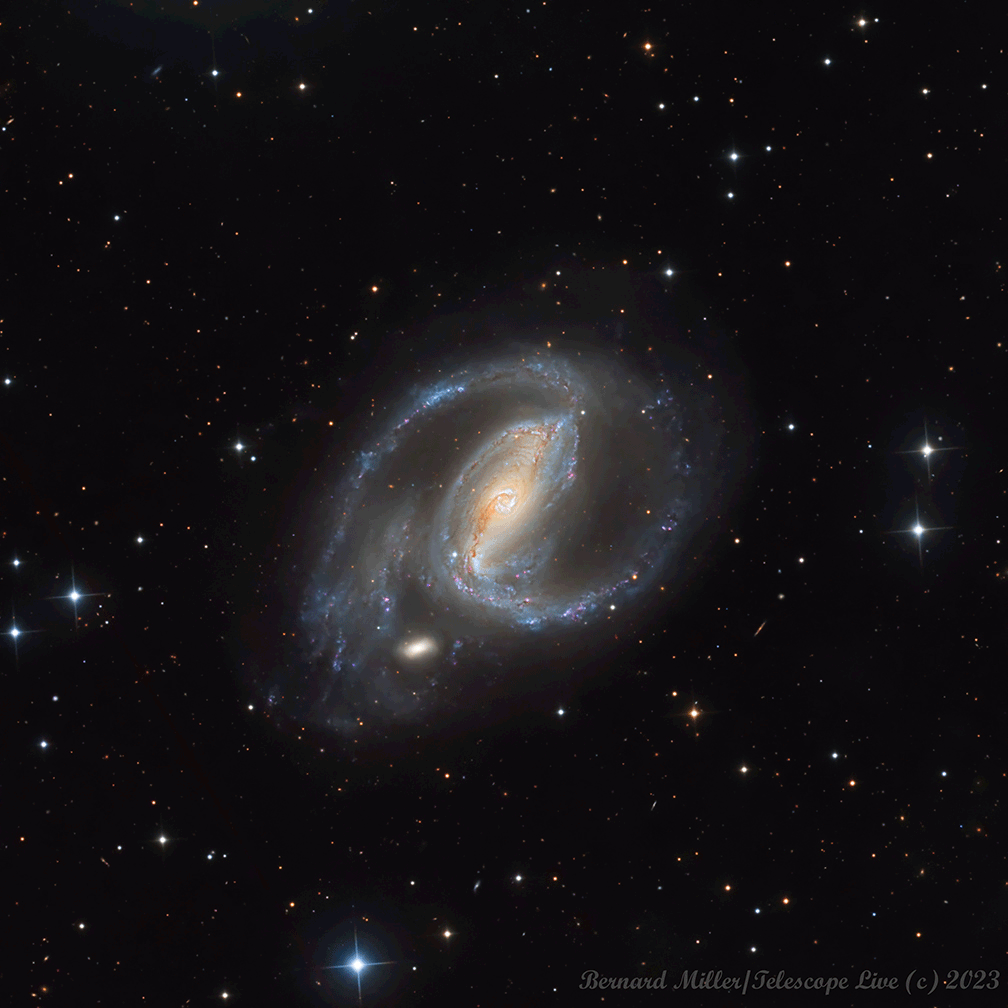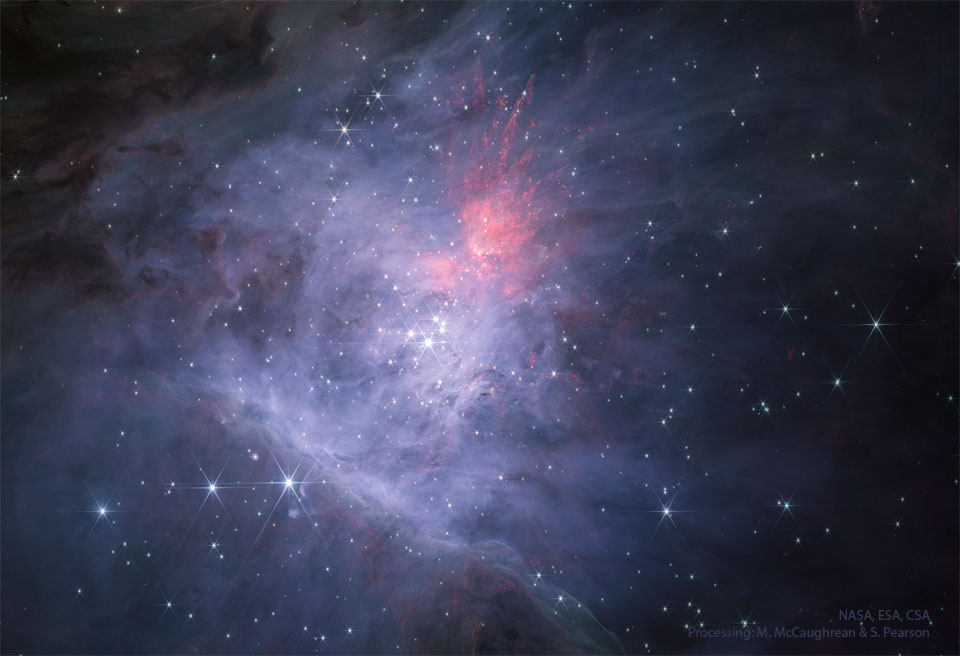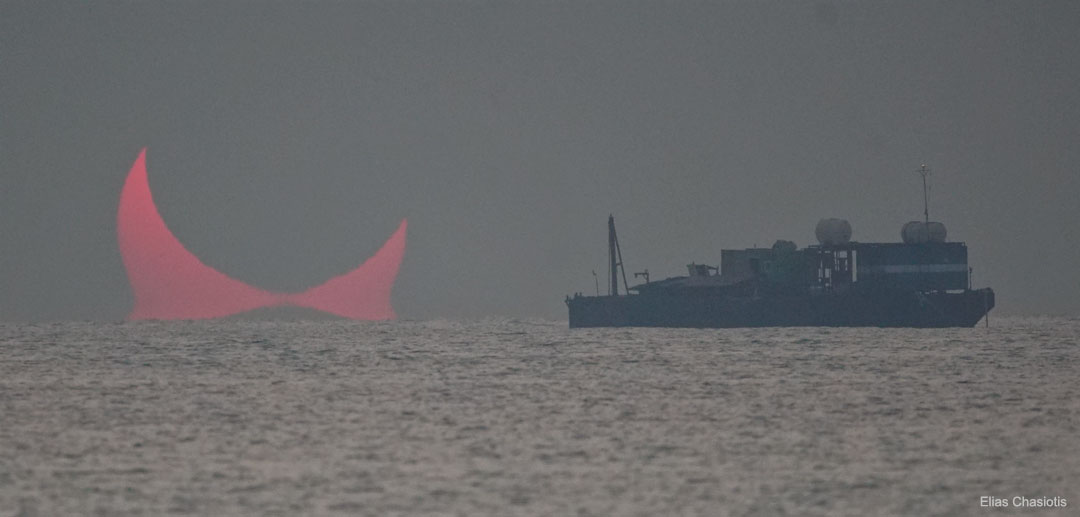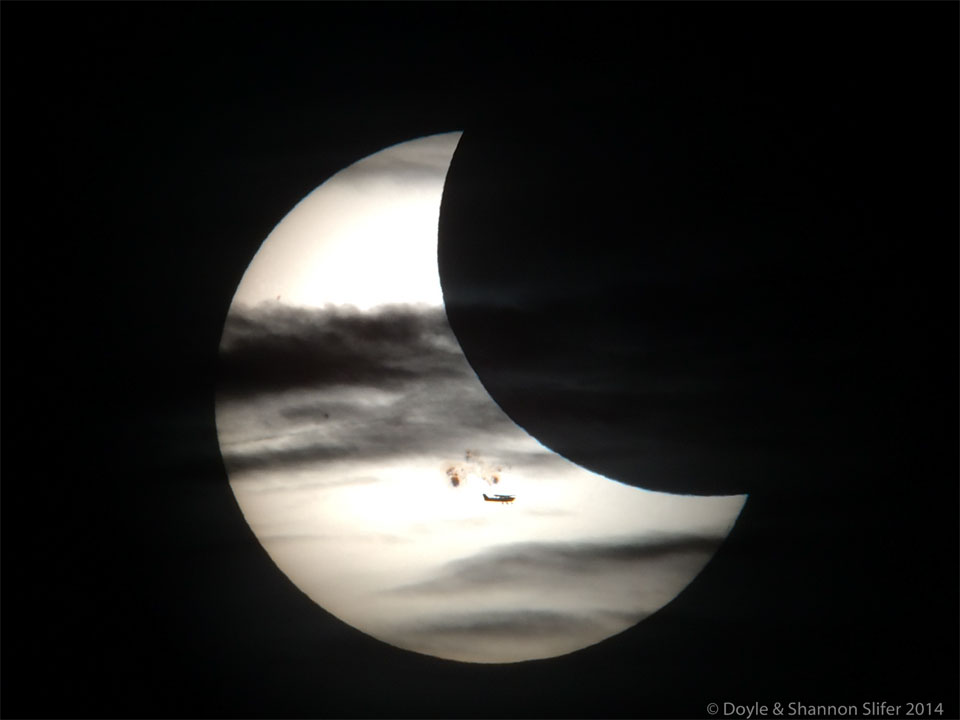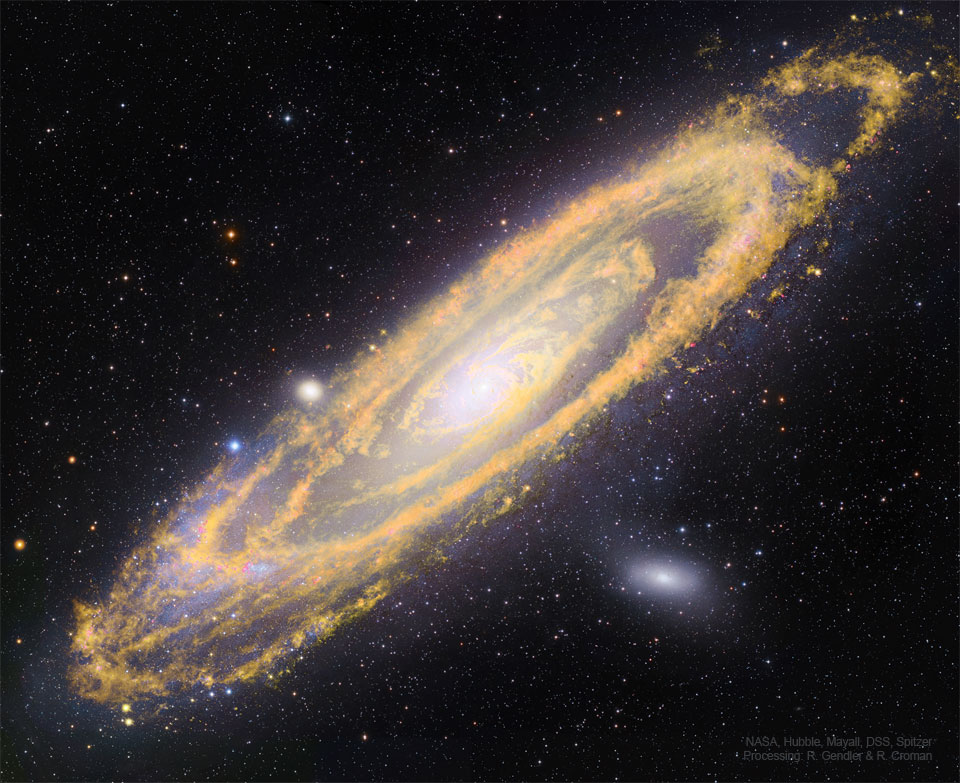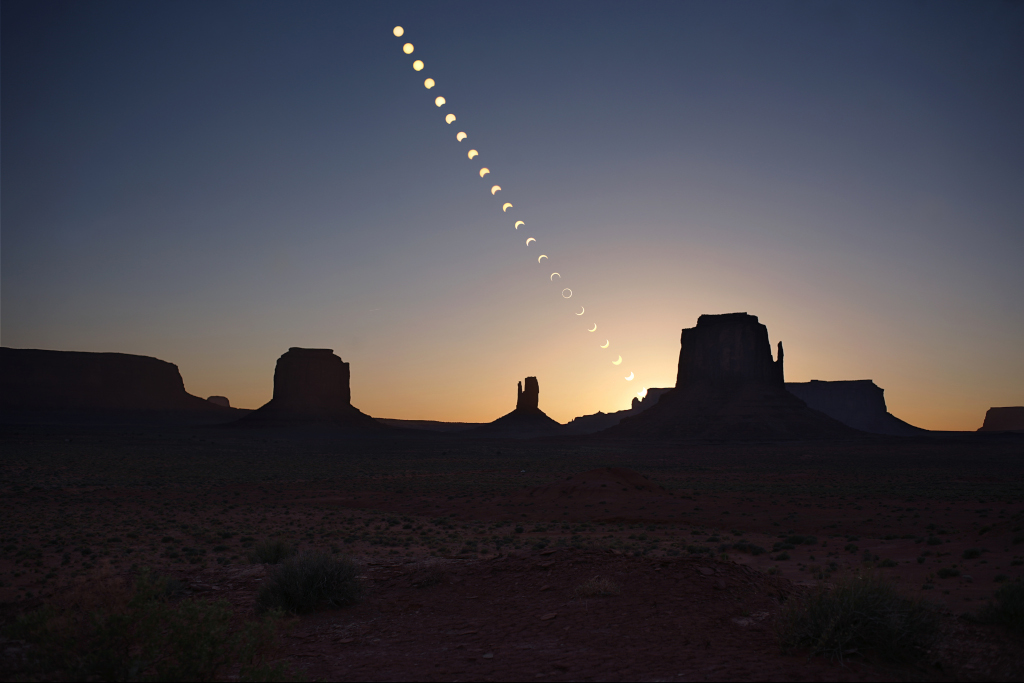Les réactions du corps face à une piqûre
Si les moustiques mâles se nourrissent de nectar et d’eau, ce sont des moustiques femelles dont il faut se méfier car elles en ont après votre sang ! Lorsque celles-ci nous piquent, elles prennent une petite quantité de notre sang en injectant en même temps une faible quantité de leur salive.
Cette salive, composée de molécules qui empêchent la coagulation du sang, libère de l’histamine, une substance qui déclenche la réaction inflammatoire que l’on connaît sous la forme du bouton de moustique.
Mais pourquoi les moustiques piquent-ils ?
Les moustiques piquent avec leur trompe pour se nourrir des protéines et des sucres présents dans notre sang, mais surtout pour se reproduire : en nous prenant du sang, les femelles fécondées nourrissent ainsi leurs œufs.
Qu’est-ce qui attire les moustiques ?
Vous êtes-vous déjà retrouvé dans une pièce où une personne de votre groupe était particulièrement piquée contrairement à une autre ? C’est parce qu’il existe des prédispositions qui font que certains d’entre nous intéressent plus les moustiques que les autres !
Les hommes
Les personnes qui boivent de l’alcool
Les personnes ayant un
groupe sanguin O (deux fois plus que les personnes du groupe sanguin A)
Les personnes ayant une température corporelle élevée
Les personnes qui émettent beaucoup d’acide urique, d’acide lactique et d’ammoniac (des substances qui sont liées à la génétique et à d’autres critères comme la température de votre corps, si vous faites de l’exercice, etc.)
Les piqûres dépendent ainsi à grande majorité de la générique et de notre
métabolisme, des critères qui sont, pour la plupart, difficilement de notre ressort.
Que faire en cas de piqûre de moustique ?
Vous avez été piqué par un moustique ? Qu’est-ce qui soulage vraiment les piqûres ? Quelques astuces sont possibles pour apaiser les démangeaisons et réduire l’inflammation du bouton. Vous pouvez appliquer… Un pack de glace si vous n’avez pas de trousses à pharmacie.
Des antihistaminiques, qui agissent sur l’histamine, la molécule à l’origine de l’inflammation. Ils sont disponibles sans ordonnance sous forme de crèmes ou de comprimés.
Les corticoïdes disponibles sans ordonnance en crèmes, gouttes, etc. L’hydrocortisone est l’un des corticoïdes utiles en cas de piqûre de moustique car elle allie dermocorticoïdes, antihistaminique et anesthésique local.
Des huiles essentielles (menthe poivrée, lavande, eucalyptus…) à appliquer sur le bouton.
Aesio
